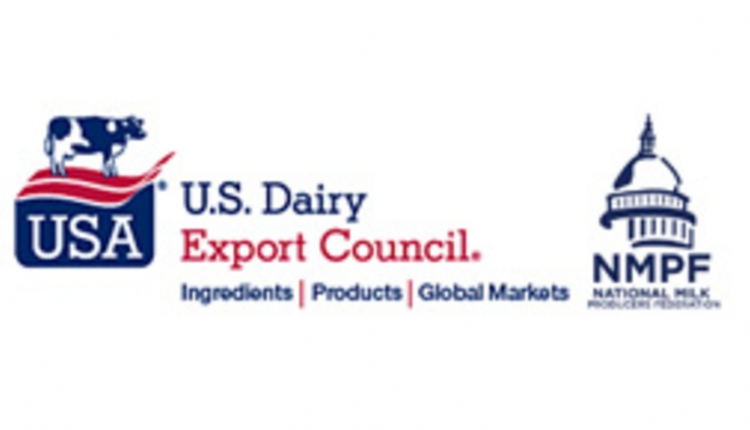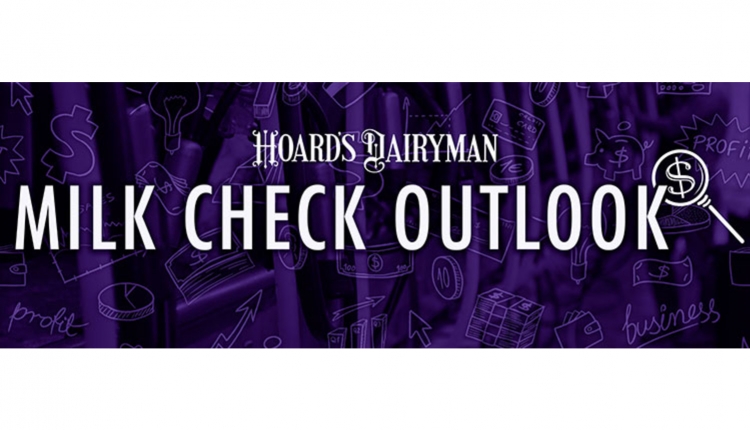
Each year, IFCN Dairy reports on the size of the global raw milk pool — currently around 1 trillion kilograms per year. That’s roughly 11 fluid ounces of milk equivalent per person per day. Just over half of this milk is processed in factories, mostly from cows — the focus here.
Dairy processors and consumers are increasingly connected across borders. Three main exporters, the United States, New Zealand, and the European Union (EU), supply a range of net-importing countries, many in tropical regions. Trade between these regions accounts for approximately 15% of all processed milk, enough to link market prices across most open dairy markets worldwide.
Interestingly, the U.S. is both an importer and an exporter of dairy. It brings in products like specialty cheeses from Italy — varieties not widely produced in the U.S. — while exporting goods like skimmed milk powder and Mozzarella. The U.S. currently produces 108% of the dairy protein and 101% of the dairy fat it consumes. This surplus underscores a key motivation: Keeping trade flows open to help prevent domestic oversupply and price pressure.
Tariffs and trade flows
U.S. dairy trade tariffs are still under negotiation, making it difficult to forecast specific impacts. Instead, we explore the possible effects from a qualitative, U.S.-focused perspective.
Tariffs could influence the U.S. market in several ways: directly, by reducing domestic demand; indirectly, through shifts in global market dynamics; or via input costs, such as rising feed prices that affect farm profitability.
The direct effect is clear. If tariffs on specialty cheese imports rise, retail prices will follow. Fewer consumers will be willing to pay, leading to a drop in volume. At a certain threshold, tariffs act like import bans. U.S. consumers may then switch to local alternatives or reduce cheese consumption altogether.
This creates a ripple effect. With U.S. cheese consumption under pressure, EU cheese prices will drop as supply initially remains the same but global demand drops. This may trigger EU dairy processors to change their output to milk powders. These milk powders compete with U.S.-made milk powders on that single-world market. The volume loss of the U.S. domestic cheese market due to increasing tariffs on EU cheese may thus indirectly negatively affect the price of U.S.-made milk powders. Whether the gain of some U.S.-made specialty cheese sales in the U.S., substituting for imports, will compensate for the world market-induced domestic milk price pressure cannot be predicted upfront. A negative effect may already develop even when U.S. trade partners do not reciprocate tariffs. When the U.S. as an exporter in parallel also starts to face (higher) tariffs, the U.S. could face a double hit: falling world market prices and reduced competitiveness in key importing countries.
Tariffs also raise transaction costs across the dairy value chain. Trade routes must be redirected, shipping and market development costs rise, and market inefficiencies grow. Often, the final impact lands on the farm, where value erosion is felt most.
Fortunately, negotiations are ongoing. And for the U.S., a major dairy exporter, the best way to support the entire dairy chain may be to let modest imports continue, ensuring export markets stay open and competitive.
Learn more about IFCN dairy at https://ifcndairy.org/.






